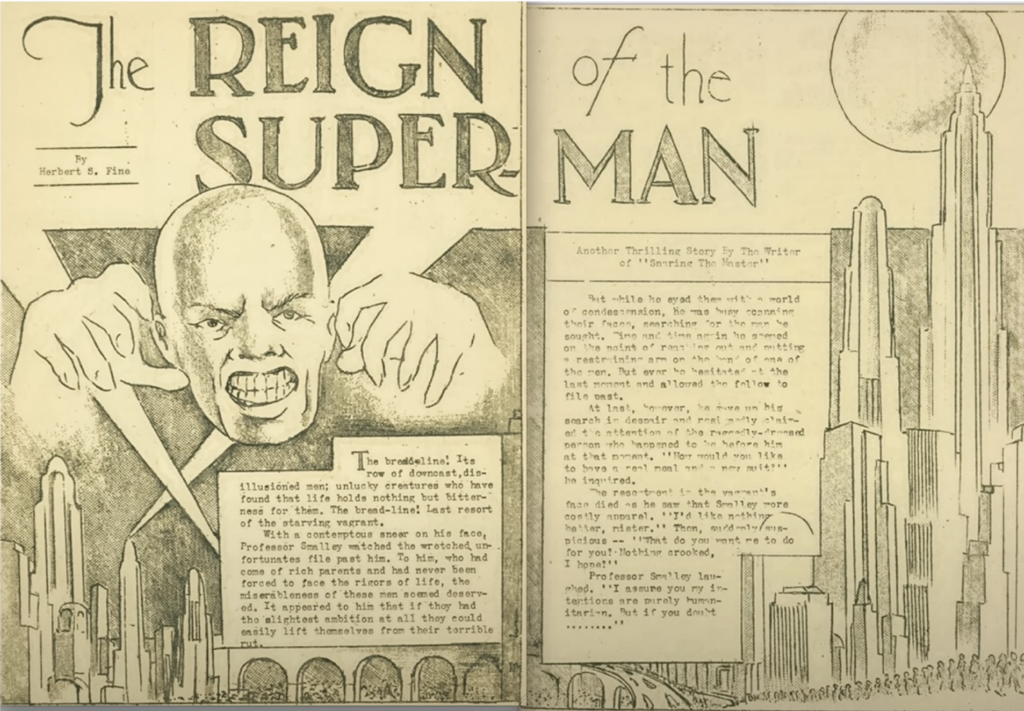NIH Public Access Policy: Implementation and Feedback
The NIH Public Access Policy is in effect as of July 1, 2025. In response, Authors Alliance and SPARC have created a form to collect information about challenges or questions faced by authors, librarians and their institutions in complying with the roll out of new public access policies by federal grant making agencies in compliance with the OSTP directive to make federally funded research freely available to the public immediately upon publication.


